As the closest city to the nation’s main international airport, Negombo is a popular entry or exit point for visitors to Sri Lanka. With its touristic strip featuring a plethora of seafood restaurants and beachfront hotels, the city is favoured by many as a laid-back alternative to the bustling metropolis of Colombo. While it is often seen as a beach destination, Negombo also has an interesting cultural heritage. It is a majority Catholic Christian area and has a few impressive churches, while the thriving fish market and colonial-era canals point to its heritage as a fishing and trading hub. Check out my quick self-guided walking tour below to see some of the main sites!
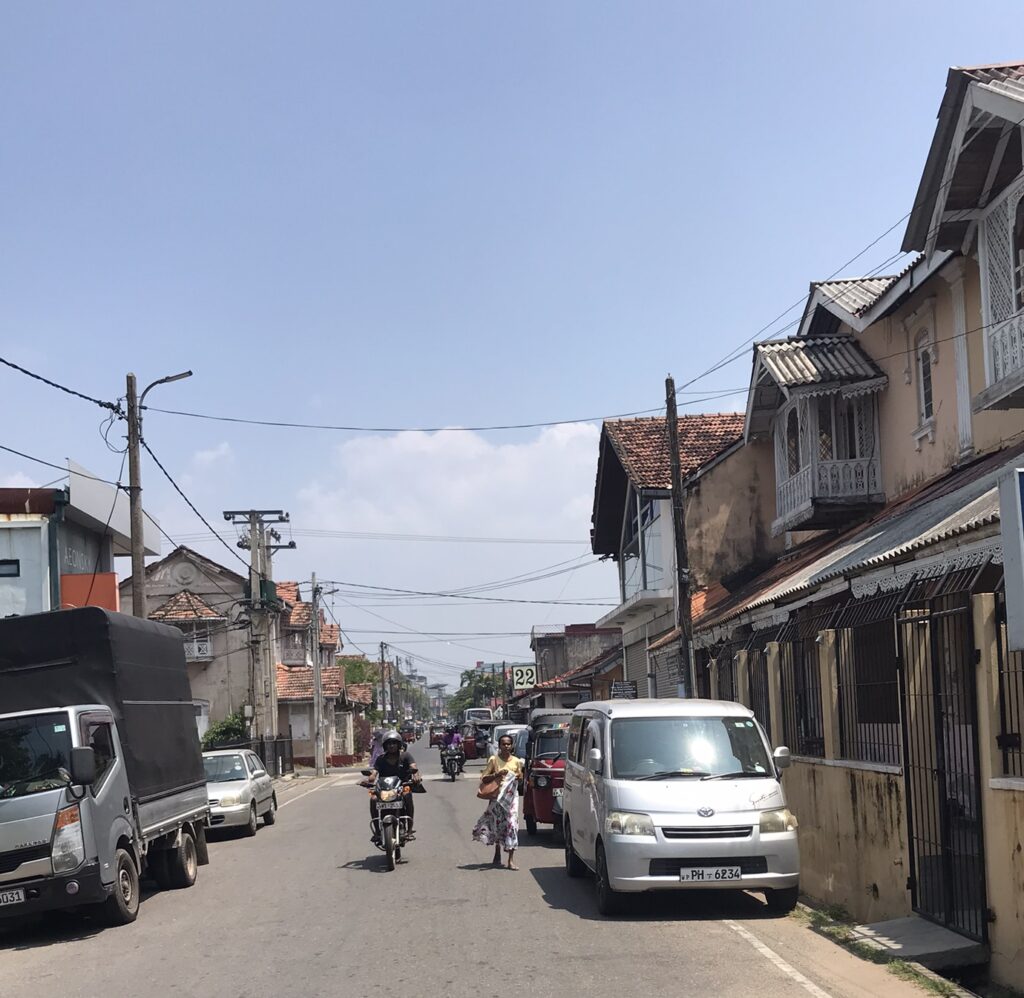
Start at St Sebastian’s Church.
This Gothic Revival-style church is one of the largest and most impressive in Negombo. Built in the 1930s, it replaced a previous smaller church which used to stand on the same site. The church is immaculately kept with a sparking white interior. As well as being a notable attraction in the city, the spacious church also provides a great respite from the hot sun!
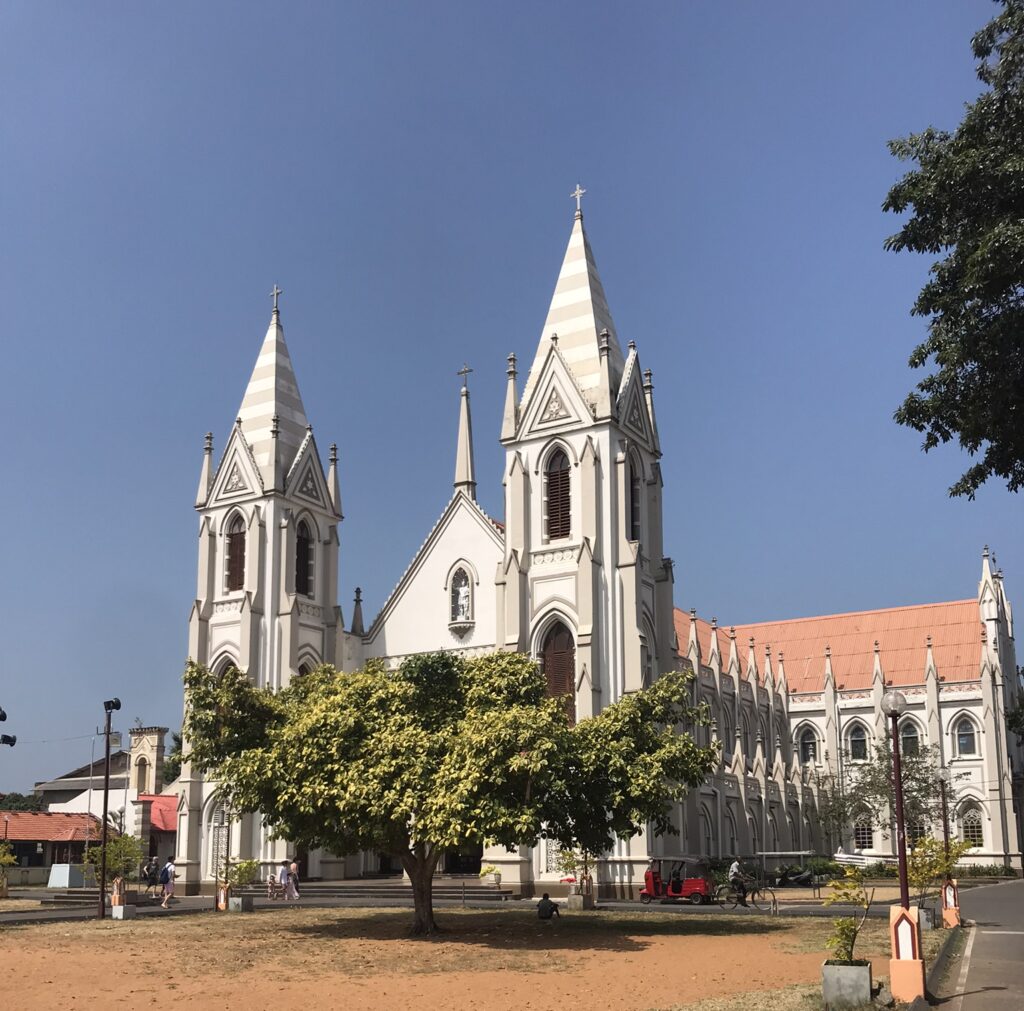
This tree also makes a pretty good spot for shade
After St Sebastian’s, head south down Sea Street. You will soon pass Sri Singama Kali Amman Kovil, Sri Sitthi Vinayagar Temple & Aiyappan Temple. Illustrating the city’s diverse cultural makeup, these colourful Hindu temples can be found just down the street from St Sebastian’s Church. The temple gates were locked when we visited, however it may be possible to enter at other times.
Continue to the end of Sea Street and then turn right and you will reach Negombo Fish Market & Dry Fish Processing Area. This vibrant market is a hub of the city’s thriving fishing industry. You’re likely to smell the market before you see it! While the wholesale auction takes place in the early hours of the morning, the market itself is still operational later on in the mid-morning and sometimes even into the early afternoon. A wide variety of both wet and dry products can be found here as fishermen proudly display their wares.
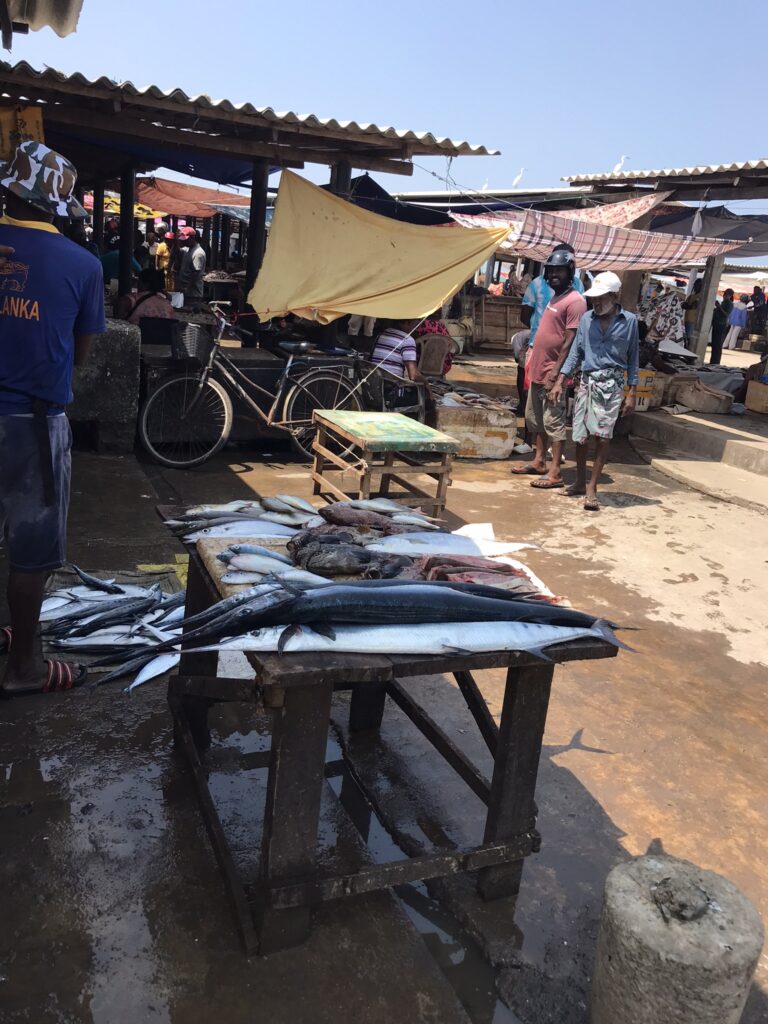
Fishy business at the market
Next to the market, workers toil in the processing area. You can witness traditional fish gutting and drying methods, with scores of fish laid out along the seafront to dry in the sun. Sometimes fishermen may approach tourists in this area and start trying to guide them – be aware that they will ask for money at the end, if you don’t want to pay then decline to be guided. Wearing closed-toed shoes is highly recommended here as there are typically plenty of fish guts and blood on the floor in and around both the market and processing areas.
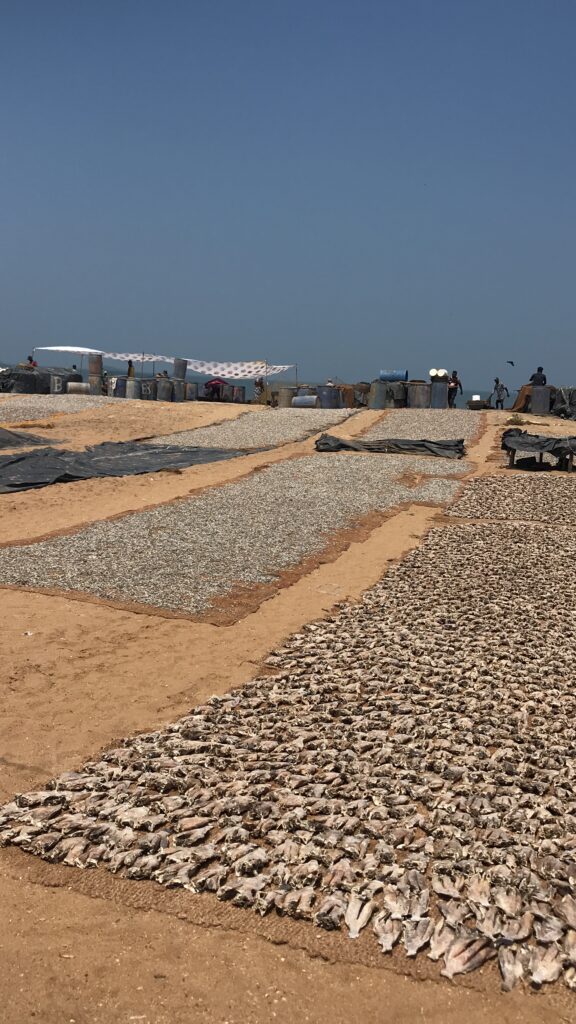
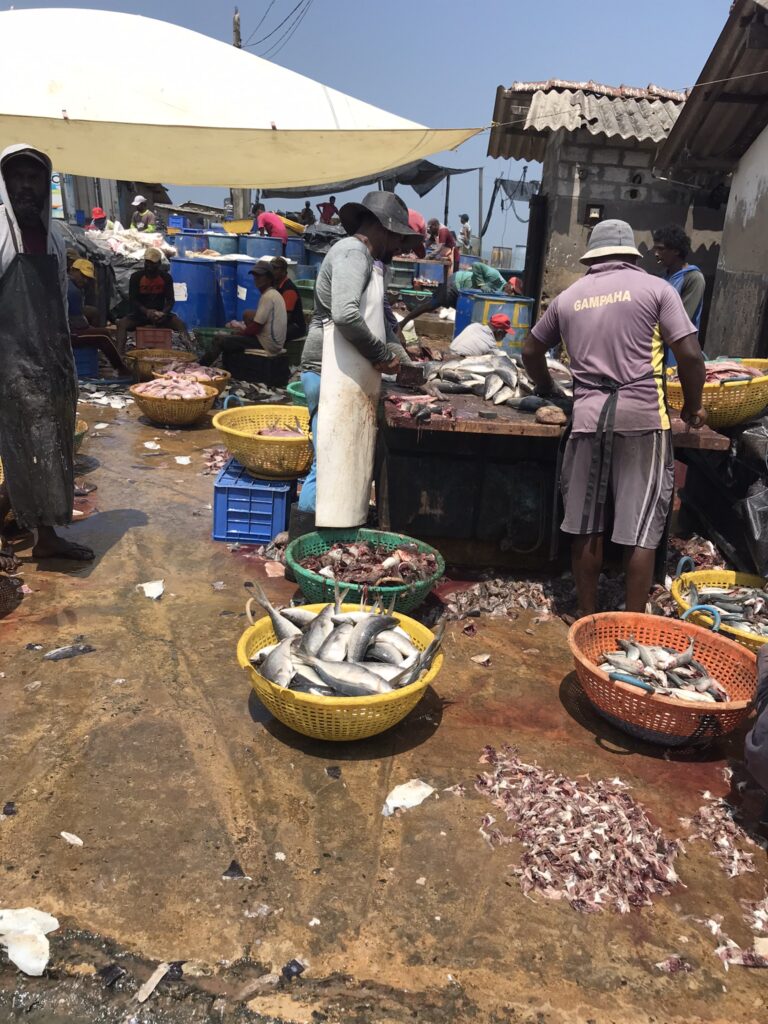
You can get up-close and personal with the gutting and drying process
Close to the market, you can find a small Catholic shrine to the patron saint of fishermen, St Andrew. Head southeast along the road and you will soon come to the Dutch Fort. The name ‘Dutch Fort’ is actually a misnomer as the fort was originally constructed here by the Portuguese colonialists. It was later rebuilt by the Dutch when they took control of the territory in the 1600s.
Sadly, there is now little to see. The fort was destroyed by the British in the 1800s and converted into a prison, which is still operational today. Most of the people hanging around outside are actually visiting family members and relatives of the prisoners. All that remains of the fort itself is a tower and few derelict structures which are not really set up for visits by the public. While we did spot a few people walking and climbing on the top of the fort, we chose to keep our distance.
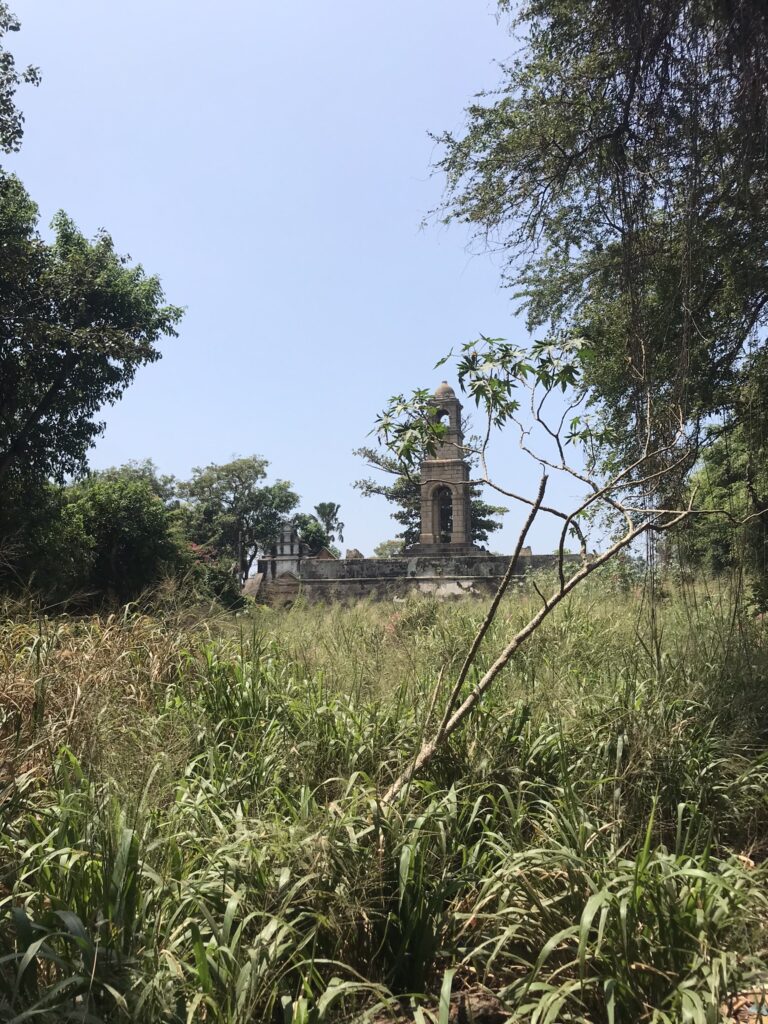
Not much remains of the Dutch Fort
Opposite the fort, you can see remnants of the former moat. This now forms a small harbour leading to Negombo Lagoon. A little further down the road is St Stephen’s Church, a small Anglican church which dates back to the late 1800s.
After visiting the fort, head northeast along Main Street. This street contains a number of interesting colonial-style houses and buildings. Eventually, you will come to St Mary’s Church on the right hand side. This beautiful Catholic church, one of the largest in Sri Lanka, is known for its pastel-blue facade and magnificent interior ceiling paintings. Interestingly, the ceiling frescoes were created by a Buddhist painter.
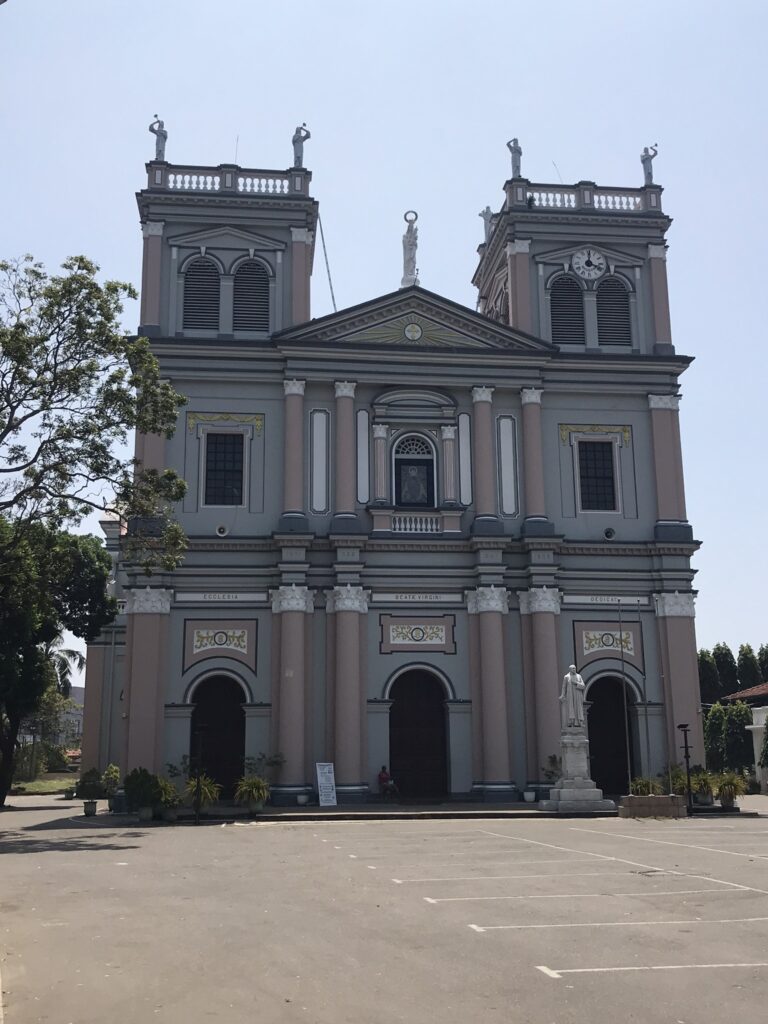
St Mary’s is one of the largest and most beautiful churches in the country
After visiting the church, continue along Main Street until you reach the Grand Street Bridge. As well as providing a link to Negombo’s busy downtown area, on both sides of the bridge you will find views over the Hamilton Canal.
Hamilton Canal is one of the best surviving remnants of Negombo’s canal system. Also known as the Dutch Canals, this is again a misnomer as canals were actually in use in the region to link various coastal lagoons as a way of shipping cinnamon and other products for export and trade since pre-colonial times.
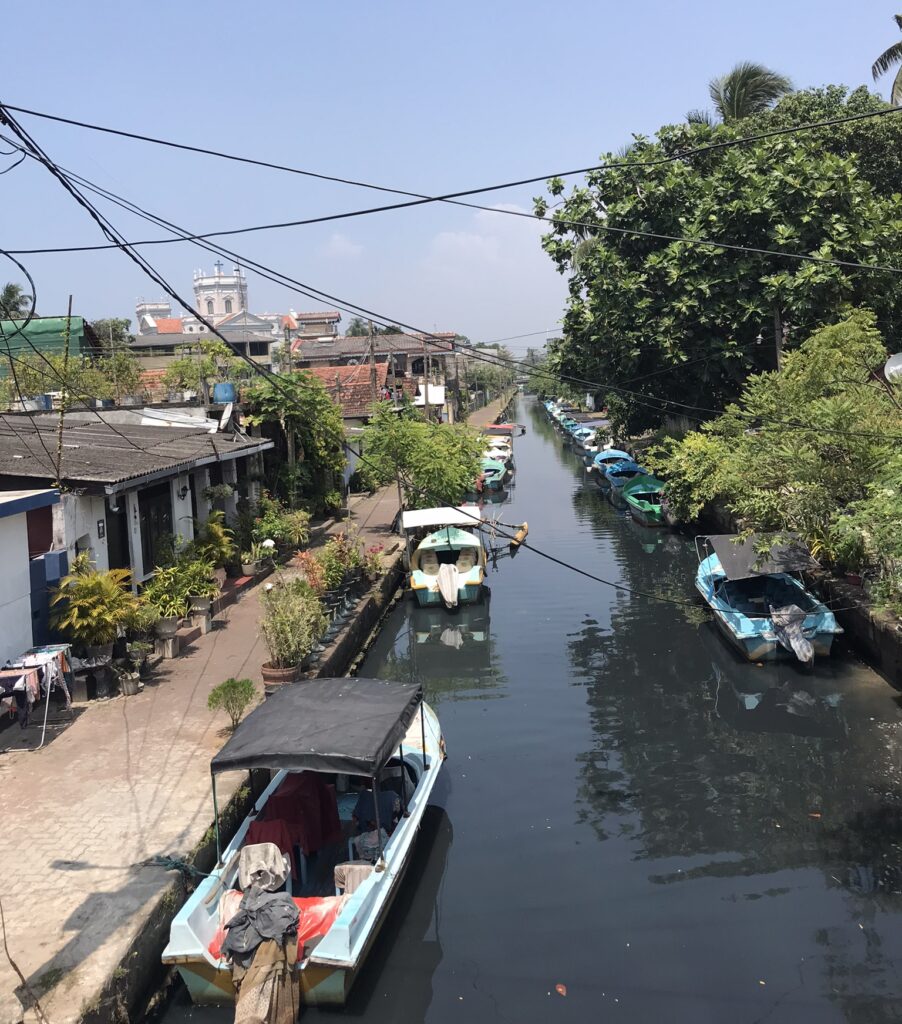
Straight as an arrow – the canal extends for almost 15 kilometres to the town of Puttalam
Although the Dutch colonialists did construct many canals, the Hamilton Canal, which stretches for almost 15 km, actually dates from the British period and was initially conceived as an unsuccessful attempt to drain saltwater from the inland marshes. Following the construction of Sri Lanka’s railway network, the canals became redundant for haulage purposes. Today, the Hamilton Canal is lined with colourful small boats – a popular activity for some tourists is to hire a boat and skipper to navigate the waterways, but the canal is also a nice place to just take a stroll.
From the Grand Street Bridge turn right, head down the stairs and walk southwest alongside the Hamilton Canal (look out for fish!). Eventually you will reach St Mary’s Bridge and the Hamilton Canal Viewpoint. This marks the point where the Hamilton Canal meets Negombo Lagoon.

You wouldn’t tell from the photo but Negombo Lagoon is teeming with wildlife
Finish! After completing the walking tour, I recommend heading to the beach! For more Negombo and Sri Lanka content, click here!
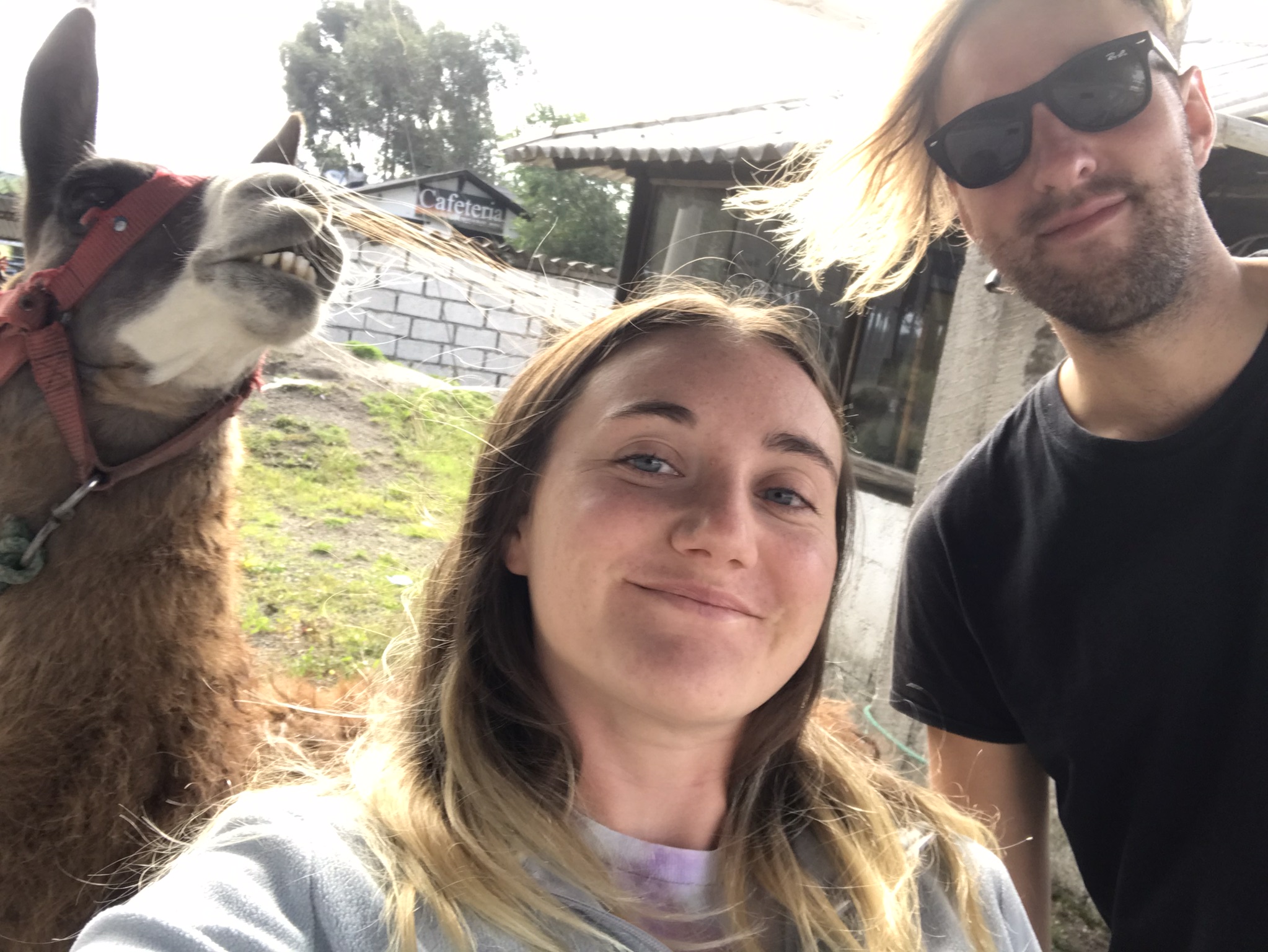
Leave a Reply
You must be logged in to post a comment.